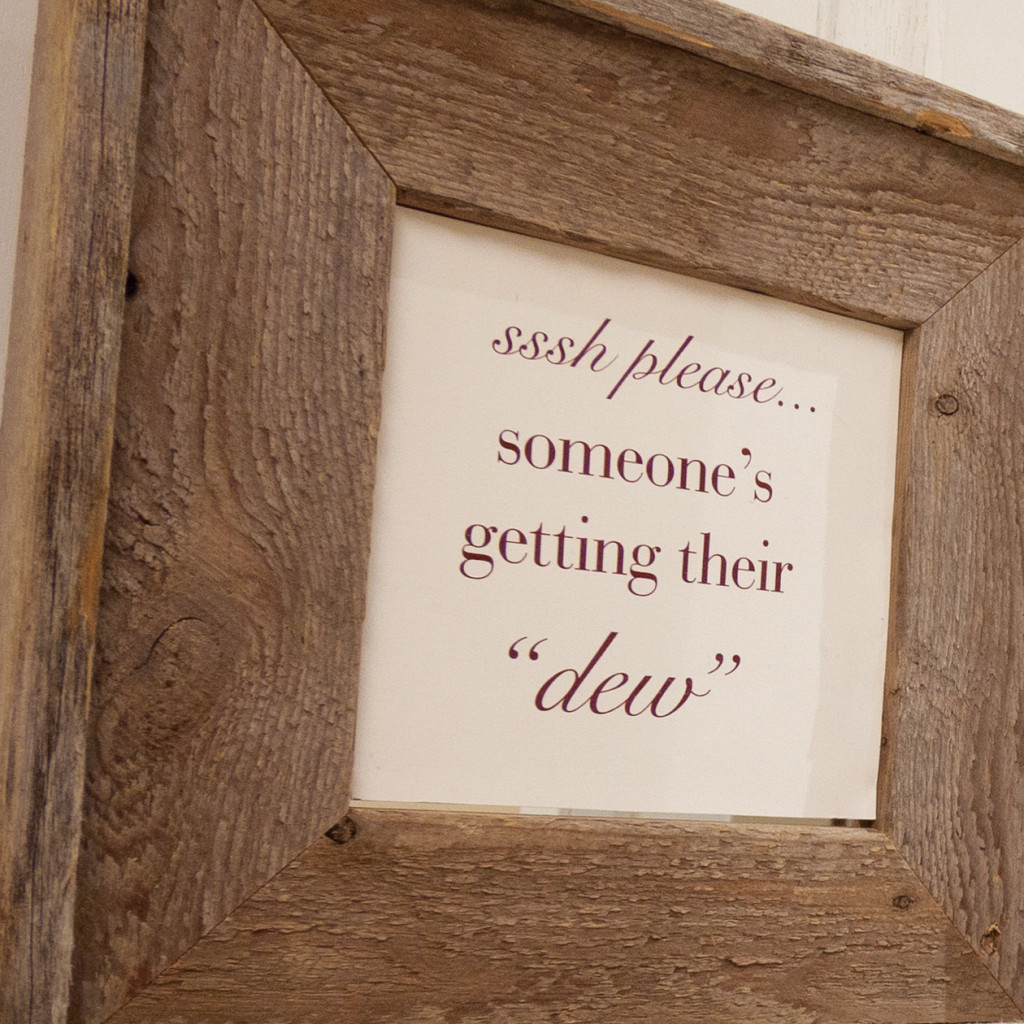Can Something So Delicious Be Good For You?
If you break down what really goes on during a facial, the answer is a resounding, YES!
We normally think of spas as pure indulgence…which sounds wonderful but also like a waste of time. Relaxation is down time, but it is anything but a waste of time. Downtime is when the mind processes and cements learning, when “eureka” moments happen, and when both brain and body reboot. And relaxation, in a very real, physical way, is a necessity — arguably as fundamental to your health as a balanced diet. While the discoveries continue, the link between stress, inflammation and health problems as diverse as acne, aging, eczema, obesity, depression, and cancer, is well established. Decreasing stress is not a luxury. It is a priority.
But why a facial? Believe it or not, for how much good stuff happens in an hour, a facial might be the most efficient health practice next to regular exercise and proper nutrition that you can do. In just 60 minutes, you get a deep de-stressing session, inflammation reduction…and even brain function improvement. You can legitimately tell your boss that your facial makes you better at work, and your family that it makes you a better person.
1. Give Your Brain A Facial
Could your facial make you smarter?
Based on a growing body of research, Ferris Jabr writes, “Mental breaks increase productivity, replenish attention, solidify memories and encourage creativity” in the “Why Your Brain Needs More Downtime.” Downtime doesn’t just reduce stress; it allows the brain to become more effective.
Downtime is not sleep which entails different, while also very important, brain functions. Downtime is mental idleness, getting the brain to its “default mode network” (DMN), a mental state of complex functions that allow the brain to digest what it has recently learned and reflect upon itself more profoundly. Being asleep, it seems, is too unconscious for this brain work. Being awake, the brain is too busy for it. When idle in DMN, the brain is in a productive limbo where lessons cement themselves and where we do the deeper work of reflection and self improvement. The brain needs sleep, of course, and undergoes vital reparative and memory work during this time — as an aside, many of our facial clients fall asleep, too! And when we’re awake, we need our brain sharp for obvious reasons — we wouldn’t be able to perform the most basic functions otherwise. But evidence suggests that we should be prioritizing DMN idleness, or waking rest, too, for the powerful work that the brain does during this time.
How does a facial promote DMN? Downtime includes meditation or mindfulness, vacations and naps. A facial is all three. During a typical facial, massage or body treatment, your mind wanders, it slows down. you escape from daily worries and, often, you nap — in perfect increments (studies show that 7-10 minutes of sleep is ideal to reenergize without needing to recover from the “sleep inertia” that follows longer naps).
In addition to relaxation and escape, the research shows that “downtime…is essential to… achieve our highest levels of performance;” downtime can help you become more effective at work and problem-solving. As Jabr writes, “studies have demonstrated that the mind obliquely solves tough problems while daydreaming — an experience many people have had while taking a shower. Epiphanies may seem to come out of nowhere, but they are often the product of unconscious mental activity during downtime.”
If going to the gym gives you 40-60 minutes of sustained physical work that helps lower cholesterol and promote heart health and overall fitness, a facial could be the equivalent for your brain: 60 minutes of Default Mode Network downtime that sharpens your brain and helps you with problem solving. Your Eureka moment might just be waiting for that facial.
2. It’s Therapy
A facial can help you as you work to become a better person.
In the same article, Jabr writes that downtime could be considered a form of self improvement. Citing “Rest Is Not Idleness: Implications of the Brain’s Default Mode for Human Development and Education” by Mary Helen Immordino-Yang of the University of Southern California, Jabr writes, “when we are resting the brain is anything but idle…far from being purposeless or unproductive, downtime is in fact essential to mental processes that affirm our identities, develop our understanding of human behavior and instill an internal code of ethics—processes that depend on the DMN.” Self affirmation, understanding our behavior and strengthening our moral code…if this sounds familiar it’s because we do many of the same things in therapy.
As the mind is freed of distractions, it can make sense of recent learnings and explore unresolved issues that the brain may not be able to focus on during the course of a busy day. Jabr adds, “A wandering mind unsticks us in time so that we can learn from the past and plan for the future…we shuffle through all those neglected mental post-it notes listing half-finished projects.” Hello, goal setting!
“We mull over the aspects of our lives with which we are most dissatisfied, searching for solutions. We sink into scenes from childhood and catapult ourselves into different hypothetical futures. And we subject ourselves to a kind of moral performance review, questioning how we have treated others lately.” Self reflection, check. Self improvement, check.
Therapy is considered a valid practice: focused time for self improvement and to work through problems. Unlike talk-therapy (valuable for different reasons), during a facial, your mind begins to drift and self-reflection happens peacefully and organically. You don’t need to work so hard to let go, you just do. You don’t think, “now I’m going to focus on my life and how I can be a better person” — this, plus surprising perspectives and even solutions, just “pop into your head.” And it’s an altogether pleasant experience: self improvement that doesn’t feel like work.
3. It Keeps You Younger
We’re not talking the cult of youthful beauty, but energy and cellular, systemic health.
Other studies such as “Intensive meditation training, immune cell telomerase activity, and psychological mediators” have shown a link between the positive emotional or psychological results of meditation (downtime) and an increase in the longevity of telomerase, an enzyme that is fundamental to the long-term health and youth of cells. While the notion that meditation reduces stress might be an old one, that meditation could affect proteins related to aging, possibly prolonging our cellular health and youth, is relatively new and compelling.
A facial can certainly help you look younger, but (nice as that is) we’re not just talking about aesthetics. A facial’s inherent ability to encourage DMN could promote youth at a more cellular level. The link between stress and inflammation is well proven, and inflammation is linked to a slew of skin, mental and health problems. In addition to the allergen-free, antioxidant-rich and anti-inflammatory nature of our products, it is the great-mind-escape downtime promoted by our facials that is deeply reparative to skin, brain and, studies imply, more cells throughout the body.
Vacations are considered important for your health and well being, as is therapy and reducing stress. A 60-minute facial, in addition to feeling divine, gives you a sustained, uninterrupted DMN session that promotes brain efficiency and heightened performance, self improvement, and anti-inflammatory cellular health. Looking all glowy afterwards is about as awesome as icing can get on an already incredibly-yummy, surprisingly healthy cake!










